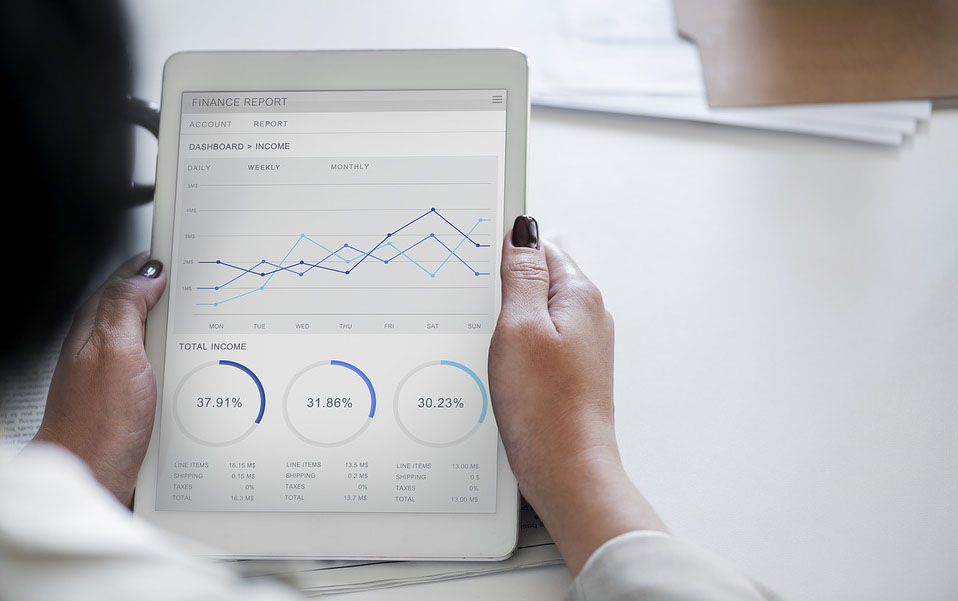The average U.S. consumer spends five hours a day on mobile devices. Two of those hours are spent consuming social media. Advertising on these channels is a highly effective yet often underused way for companies to engage consumers and grow their business.
However, taking a “spray-and-pray” approach — blasting your message out to everyone and hoping it will reach someone likely to respond — no longer cuts it. Today’s digital consumers expect the companies they do business with to anticipate their needs and deliver highly relevant and personalized experiences. That’s where data comes in.
Every time a consumer takes an action — a page visit, click, like, comment, share, post — he or she leaves a data trail. Following that trail tells a rich story about the consumer and his or her path to purchase.
Below are three ways to activate that data trail to optimize your mobile and social media advertising.
1. Develop personas.
Personas, or detailed representations of audience segments, are much more effective than broad demographic descriptors because they humanize target audiences. Fueled by data-driven research that maps out the who behind buying decisions, customer personas can help inform everything from marketing messages to product development efforts.
For insurance and financial services companies, a great way to start developing personas is by analyzing data around life events. We know consumers make insurance purchases during major life events, such as buying a home or car, getting married or having a child. Beyond reaching the right consumer with the right message at the right time, life-event marketing puts it in the right context. Understanding the context of a consumer’s behavior is incredibly valuable and can help you adjust your marketing message to inspire action.
See also: Data Opportunities in Underwriting
Social media provides marketers access to global conversations, bringing together droves of data to better understand consumer behavior, trends and opinions. And the more a brand advertises on mobile and social media, the more data it has access to and the more it can test and refine its personas to achieve even better results in the future.
2. Track the entire conversion journey.
In today’s multi-channel world, data on cross-channel behaviors allows you to track a customer’s entire journey to conversion. As that journey increasingly involves multiple devices, browsers and mobile apps, it cannot be accurately measured using only cookies. While cookies may provide insight into the last touchpoint before the conversion, a cookies-only approach overlooks what happens earlier in the customer journey.
A recent study by Facebook and Datalicious found marketers who only measure campaign success via cookies overlook nearly 40% of all digital touchpoints in the customer journey to conversion. And because people use multiple devices, each person has an average of three unique cookie identifiers. In other words, one individual is seen as three different people through the lens of cookie-only measurement. Because only one of those cookie identifiers will actually convert (and the other two appear to go cold), the data on engagement with your content becomes skewed.
According to a
Facebook IQ article, cookies force marketers to rely on guesswork to justify media investment, leading to wasted ad dollars: “So how do we tackle this complex reality? By understanding consumers as people rather than cookies…. To help drive results and sustainable business growth, more accurate methods based on people insights can give marketers the ability to measure campaigns on and off Facebook, on both desktop and mobile devices. When looking at attribution and reach, this approach offers a more holistic look at the ad performance — something not possible before.”
Implementing Facebook Pixels to track conversions across devices is a great way to start building a cross-channel, people-based campaign measurement model.
3. Find the right partners.
One way to greatly enhance the value of your own consumer engagement data is to combine it with complementary datasets. The easiest way to do that is to partner with organizations that have access to large amounts of data.
Denim, for example, has aggregated
more than 1 billion data points on consumer engagement with mobile and social media ads powered for insurance and financial services companies. We’re proud to have more data on consumer engagement with insurance- and financial services-related mobile and social media ads than anyone.
See also: 4 Benefits From Data Centralization
At the same time, we recognize Denim’s dataset is not the only dataset the industry will ever need, nor is anyone else’s dataset the only dataset the industry will ever need. Denim’s database is a contributory database. In other words, it’s the contribution of Denim’s data along with a variety of other datasets that will ultimately paint a vivid picture of today’s consumer market and target it in a way that’s never been done before.
Denim has partnered with a variety of organizations, including a global actuarial consulting firm, to perform extensive analyses of Denim’s data in contribution with other datasets. The results will be used to help our customers make even smarter mobile and social media marketing decisions in the future. Watch for exciting announcements to come!


